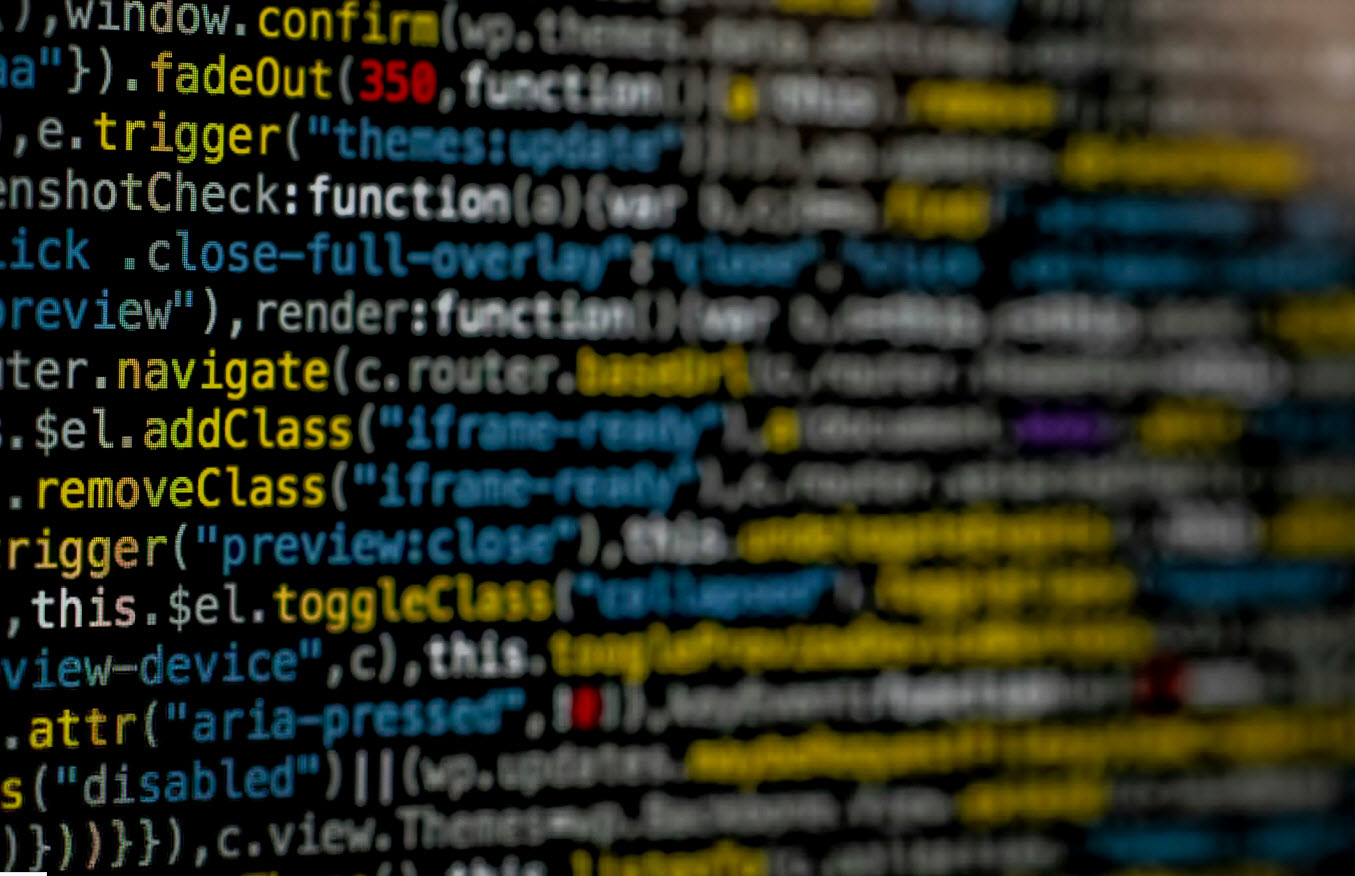
As artificial intelligence (AI) advances, it has become a double-edged sword in cybersecurity. While AI-powered tools enhance defense mechanisms, cybercriminals are leveraging AI to launch sophisticated social engineering attacks.
These AI-enhanced strategies exploit human psychology and advanced technology to bypass traditional security measures, making them a significant threat to organizations. This article explores the nature of AI-enhanced social engineering attacks and outlines strategies to defend against them.
Understanding AI-Enhanced Social Engineering
Social engineering attacks manipulate individuals into divulging confidential information or granting unauthorized access. By integrating AI, attackers can increase the effectiveness and scale of these tactics. AI enables the creation of hyper-personalized and highly convincing phishing emails, voice scams, and even video-based deepfakes.
Key Characteristics:
- Personalization at Scale: AI analyzes public and private data to craft messages tailored to an individual’s habits, interests, or professional roles.
- Deepfake Technology: AI-generated audio and video impersonations of trusted individuals, such as CEOs or colleagues, are used to deceive targets.
- Automated Interaction: AI chatbots can engage victims in real-time conversations, mimicking human behavior to extract sensitive information.
- Enhanced Phishing Campaigns: AI-generated phishing emails are free of grammatical errors and match an organization’s branding, making them harder to detect.
Risks of AI-Enhanced Social Engineering
AI-driven social engineering attacks pose several risks:
- Higher Success Rates: The personalization and realism of AI-driven attacks make them more convincing.
- Increased Volume: Automation enables cybercriminals to target multiple individuals simultaneously.
- Data Breaches: Successful attacks can result in unauthorized access to sensitive data.
- Financial Losses: Fraudulent transactions or ransom payments can have significant financial impacts.
Strategies to Protect Your Organization
Organizations must adopt a proactive and multi-layered approach to defend against AI-enhanced social engineering attacks.
1. Educate and Train Employees
- Conduct regular cybersecurity awareness training to help employees recognize and report suspicious activities.
- Use simulated phishing campaigns to test and improve employee responses to potential attacks.
2. Implement Robust Authentication Mechanisms
- Use multi-factor authentication (MFA) to secure access to systems and data.
- Adopt biometric authentication for additional security.
3. Leverage AI-Powered Security Tools
- Deploy AI-based threat detection systems to identify and neutralize phishing emails and malicious links.
- Use behavioral analytics tools to detect anomalies in user behavior.
4. Strengthen Communication Protocols
- Establish verification procedures for financial transactions and sensitive requests, such as voice or email confirmation.
- Encourage employees to verify unusual requests through secondary communication channels.
5. Secure Access to Public Information
- Limit the availability of sensitive information on public platforms, such as organizational structures or executive contact details.
- Regularly review and update privacy settings on social media and professional networks.
6. Develop a Response Plan
- Create and test an incident response plan to handle potential breaches effectively.
- Ensure employees know whom to contact in the event of a suspected attack.
Staying Ahead of the Threat
As AI-driven social engineering techniques continue to evolve, organizations must remain vigilant and adaptive. Collaboration between IT teams, employees, and external cybersecurity experts is critical to staying ahead of these threats.
Future Considerations:
- Continuous Monitoring: Regularly update and monitor security systems to address emerging threats.
- Regulatory Compliance: Adhere to data protection regulations and industry standards to mitigate risks.
- Invest in Research: Stay informed about advancements in AI and their potential misuse in cyberattacks.
Conclusion
AI-enhanced social engineering attacks are a growing threat that demands a proactive and comprehensive approach. By combining employee education, advanced security tools, and robust protocols, organizations can build resilience against these sophisticated attacks.
In an era where cybercriminals are leveraging AI to exploit vulnerabilities, staying informed and prepared is the best defense.








